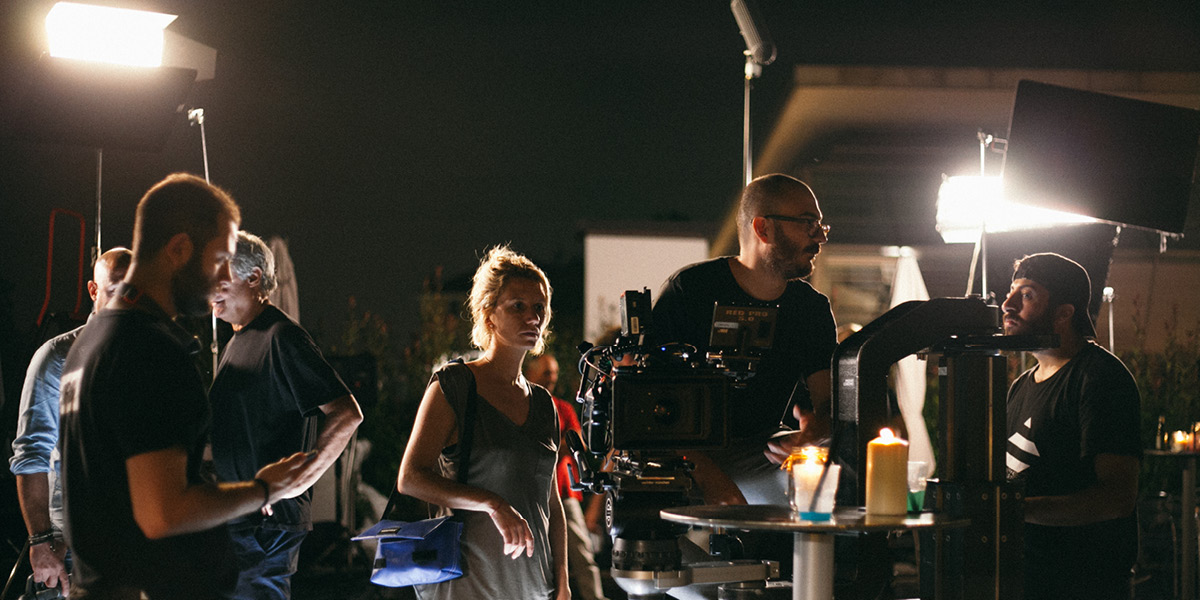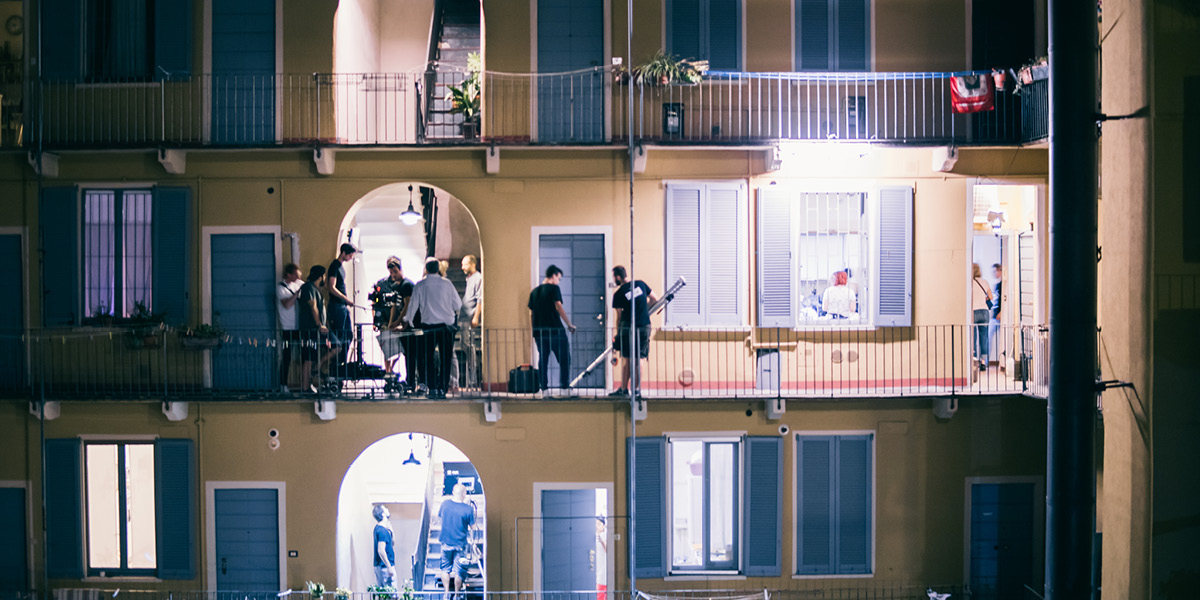-
How to become
Colourist

Who is a Colourist
Behind every image - be it digital or analogue, reproduced in print or on a monitor - lies the work of creative teams and professionals. One of the figures contributing to the creation of visual outputs is the Colourist: these are expert in the manipulation and application of colours. Over the decades, their role and tools of the trade have changed. Unchanged, however, is the goal - to render an expressive atmosphere and convey clear sensations through the skilful use of hues.
What do Colourist do?
From film to television, from photography to video production, Colourists are involved in various fields and in almost every task that has a visual object as its ultimate goal. Their skills are required both in consulting and during image post-production. The actual work phases begin with pre-production and planning of a project’s desired visual appearance. Here, these professionals talk to directors, cinematographers and other members of the creative team to understand the project’s overall vision and establish guidelines for colour correction. It is precisely with colour correction that basic adjustments are made to brightness, contrast, balance and general and selective (of specific parts of the image) tone correction. The crucial and most creative moment is stylisation and grading aimed at defining a unique and distinctive visual style for the image or project. These professionals create a specific colour palette, or work with the application of special effects and filters. The final stage is review and feedback management.
What skills should Colourists have?
Technical skills, artistic sensitivity and communication skills are interwoven in the professional background of a good Colourist. Their background pillars rest, however, on colour theory knowledge, contrast and harmony principles, and the symbolism associated with nuances.
- Technical skills: in-depth knowledge of colour correction tools such as DaVinci Resolve, Adobe Premiere Pro, Final Cut Pro, Autodesk Flame and Avid Media Composer.
- Visual sensitivity: ability to think creatively and visualise the desired final appearance of an image, ability to interpret directors’ or clients’ visions.
Communication skills: ability to work with directors, cinematographers and other image professionals while communicating effectively.
How to become a Colourist?
Learning the technical and theoretical skills listed above is indispensable for the role of Colourist. A well-structured training course helps to acquire the fundamentals of colour theory, the skills to analyse and interpret visual tonalities and to use software. NABA deepens these aspects within the Three-year BA programme in Creative Technologies - a course during which students interface with the most innovative digital techniques.

